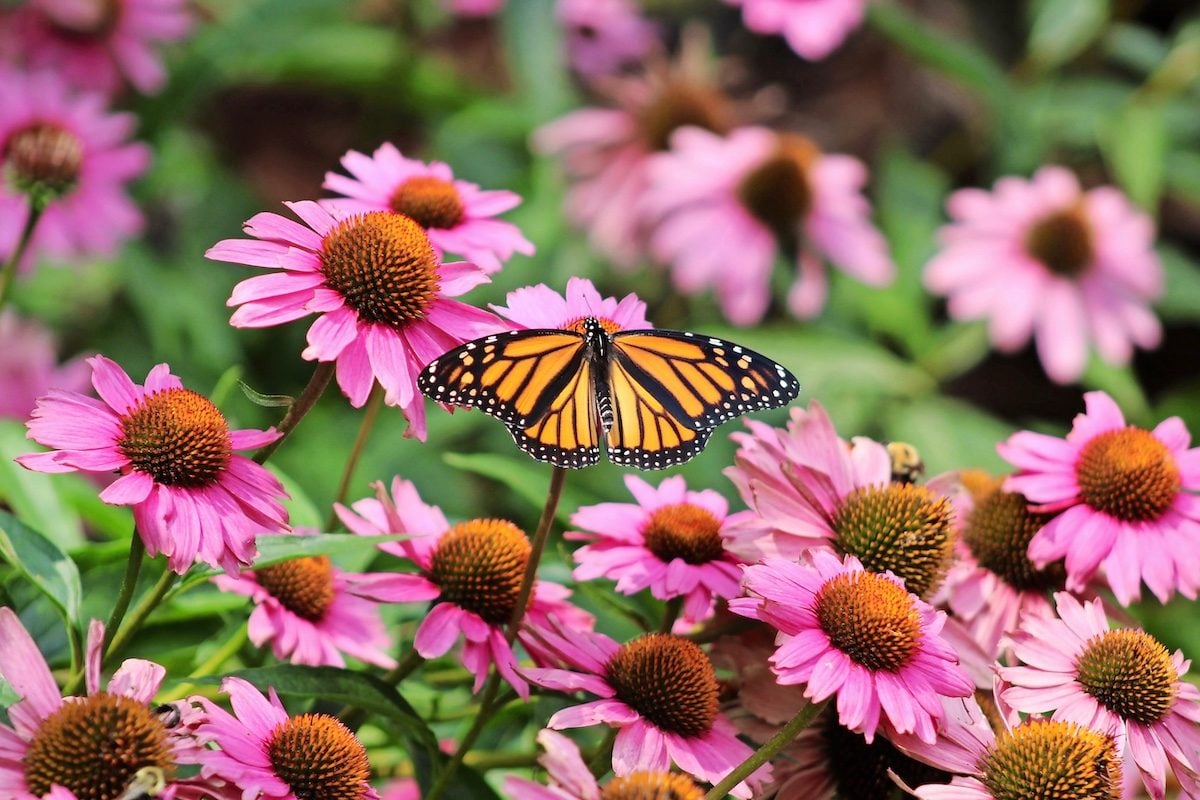Understanding Purple Coneflower
Purple coneflower, scientifically known as Echinacea purpurea, is a popular perennial that brings vibrant color and life to gardens. It thrives in hardiness zones 3 through 9 and is often used in garden borders, beds, and even cutting gardens. Known for its long bloom season that begins in mid-summer and continues through frost, this plant is a favorite among both novice and experienced gardeners.
Key Features of Purple Coneflower
Purple coneflower typically grows between 2 to 5 feet tall and 1 to 2 feet wide. Its striking purple petals make it a standout in any garden. The plant attracts a variety of pollinators, including birds, bees, and butterflies, making it an excellent choice for those looking to support local wildlife. Additionally, it is drought-tolerant once established, though it benefits from regular watering during its first growing season.
Bloom Season and Care
One of the most appealing aspects of purple coneflower is its long blooming period, which starts in early summer and continues into mid-fall. To maintain continuous blooms, it’s recommended to deadhead spent flowers during the summer months. This practice not only keeps the plant looking tidy but also encourages more blossoms.
In the fall, it’s beneficial to leave the spent blooms on the plant so that birds can enjoy the seeds. This natural cycle supports local bird populations and adds another layer of interest to the garden.
Benefits of Growing Purple Coneflower
There are several advantages to growing purple coneflower. Its continuous purple blooms require minimal maintenance, making it ideal for busy gardeners. The plant is also resistant to drought, which is a significant benefit in areas with water restrictions.
In addition to its aesthetic appeal, purple coneflower plays a crucial role in supporting pollinators. Many species of butterflies, such as monarchs, swallowtails, and painted ladies, visit the plant during the summer. While deer generally avoid mature coneflower plants, young plants may be susceptible to browsing. Rabbits and Japanese beetles can also pose challenges for gardeners.
Common Issues and Pests
Despite its hardy nature, purple coneflower is not entirely immune to problems. Gardeners should be aware of potential issues such as aster yellows and powdery mildew, which are common in many gardens. These conditions can affect the health and appearance of the plant.
To protect young plants from deer and rabbits, it may be necessary to use deterrents or fencing. For Japanese beetles, regular monitoring and appropriate pest control measures can help keep these pests at bay.
Tips for Successful Growth
For those interested in growing purple coneflower, starting from seeds is a viable option. This method allows gardeners to cultivate a wide variety of plants and can be a rewarding experience. Ensuring proper sunlight, well-drained soil, and regular watering during the establishment phase will help the plants thrive.
By understanding the needs and characteristics of purple coneflower, gardeners can successfully incorporate this beautiful plant into their landscapes. With its vibrant blooms, low maintenance requirements, and ability to attract pollinators, purple coneflower is a valuable addition to any garden.







